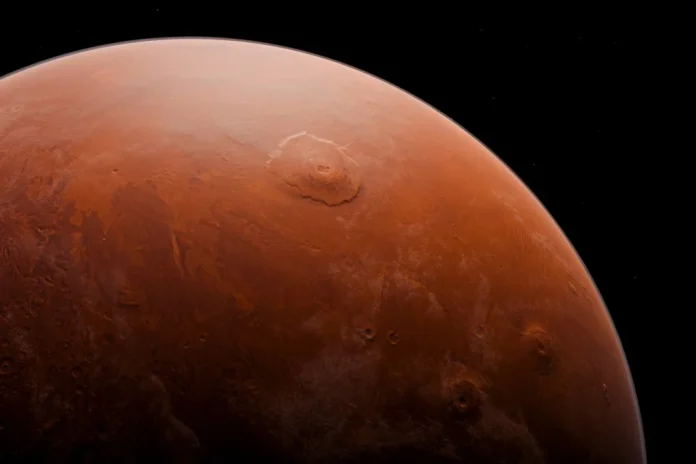China is preparing to launch the Tianwen-3 Mars sample return mission several years ahead of schedule, primarily against the backdrop of the United States facing significant delays in its own mission, running into rising costs and budget overruns, Asian media reported.
Liu Jizhong, chief designer of Tianwen-3, shared the news during the second International Conference on Deep Space Exploration (Tiandu), held in Tunxi, Anhui Province, on 5 September 2024. He stated that the mission aims to return 600 grams of Martian soil.
The scientific goal of Tianwen-3 is to search for signs of life on Mars. The mission would target potential landing sites based on their astrobiological significance, such as environments that could support life, including sedimentary or hydrothermal systems.
The mission will include two separate launches using Long March 5 rockets. The first launch will deploy a landing module and a takeoff vehicle, while the second will deploy an orbiter and a return module. This mission will build on the landing technologies used in the successful landing of the Tianwen-1 Mars rover.
The launch timeline for Tianwen-3 kept the date at 2030 but has shifted, presumably to 2028, but the exact launch date remains unstable and depends on mission progress and hardware development. Optimal launch windows open every 26 months.
The US’ Mars Sample Return (MSR) mission, in turn, faces an uncertain future, as NASA’s Perseverance rover has been collecting samples on Mars since 2021. The review last year estimated the mission could cost $11 billion to complete and may not finish until 2040.
Meanwhile, the Tianwen-3 mission encounters several challenges, including surface sampling, ascent, and orbit rendezvous.
The China National Space Administration (CNSA) plans to collaborate with global scientists in the analysis of samples and data sharing. Following the success of China’s lunar missions Chang’e-5 and Chang’e-6, which provided valuable samples for international research, similar collaborative efforts expected for Tianwen-3.
